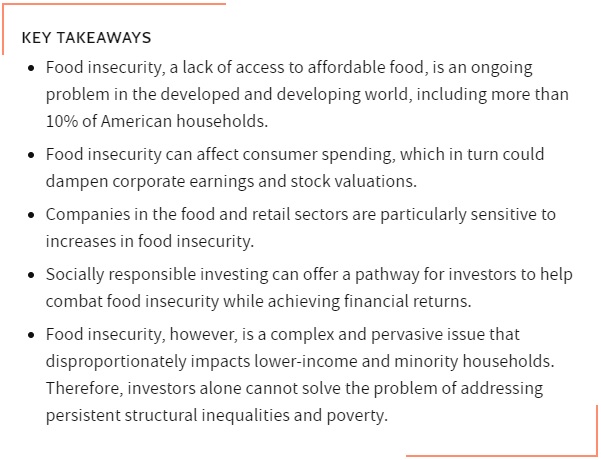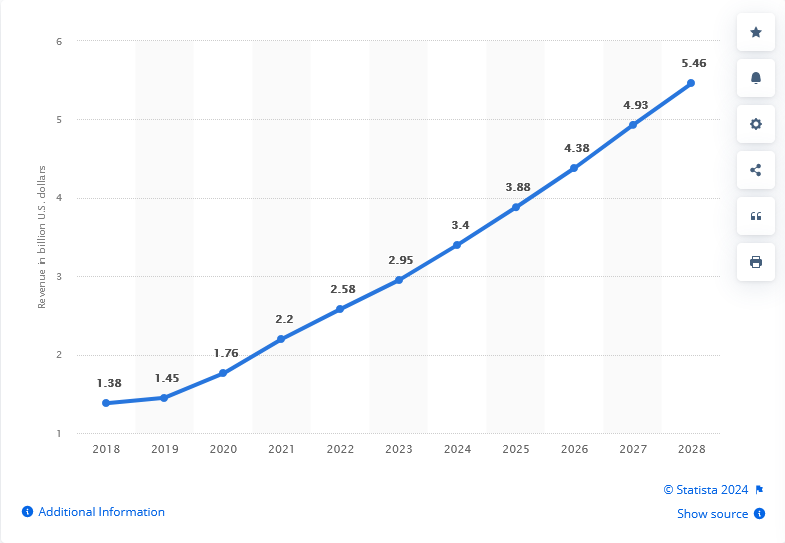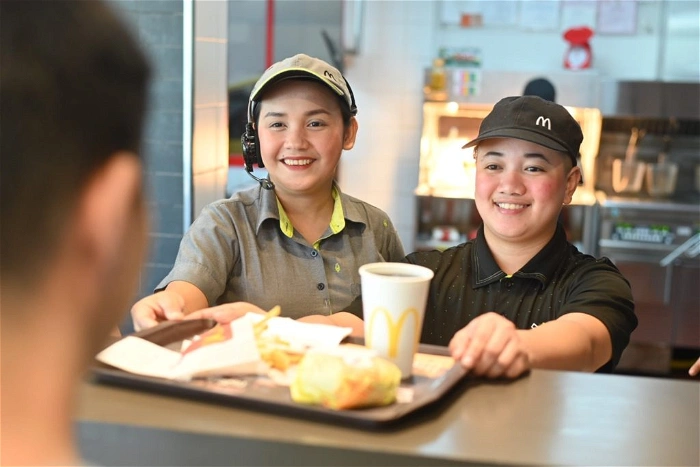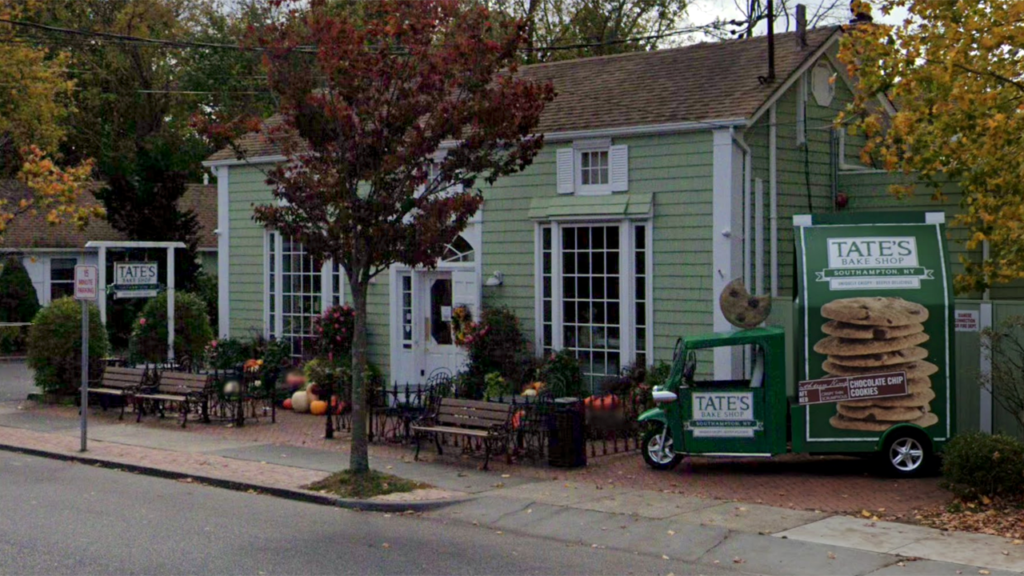In the intricate dance of supply and demand, few sectors reflect the rhythm of innovation and taste as vividly as the culinary markets. Yet, it’s not just the chefs and food critics who sway the direction of our dining habits; the stock market plays a pivotal role in shaping what appears on our plates.
This article delves into the fascinating interplay between equities market news and culinary trends, uncovering the subtle yet significant influence of financial movements on the food industry.
The Stock Market as a Culinary Crystal Ball
At first glance, the connection between stock news and what we eat might seem tenuous. However, a closer examination reveals a symbiotic relationship where each reflects and often predicts the other’s movements.
The equities market is a barometer of economic health, consumer confidence, and innovation—all factors that directly impact food trends. When a food company’s stock rises, it’s often a sign of successful product launches or positive consumer reception, which can lead to wider adoption in the culinary scene.

A Tale of Food Trends
- Consider the avocado’s rise to fame; a surge in health-conscious eating mirrored by a significant uptick in the stock prices of companies dealing in avocados.
- Similarly, the plant-based meat industry’s growth was presaged by bullish trends in stocks of companies like Beyond Meat and Impossible Foods.
Authoritative Voices and Data
To substantiate these correlations, one can turn to esteemed financial publications such as Bloomberg, Reuters, Financial Times, and NewsnReleases. These sources provide comprehensive financial data that, when analyzed alongside culinary trend reports from the Food Industry Association, offer a compelling narrative of how market news can be a precursor to the next big wave in the culinary world.
In the following sections, we’ll explore specific instances where stock market fluctuations have heralded culinary revolutions, dissect the marketing strategies that have propelled food sector stocks to new heights, and even challenge the conventional wisdom that financial and food trends always move in lockstep. Stay tuned as we slice through the data and serve up fresh insights on the future of food trends.
The Influence of Financial Indicators on Culinary Markets
Decoding Market Signals
The stock market’s pulse can often be felt in the kitchen. Market indicators are not just numbers; they are predictors of consumer behavior and, by extension, food trends. By analyzing these indicators, we can anticipate which flavors and ingredients are likely to dominate our dining experiences.
Key Market Indicators:
- Commodity Prices: Fluctuations in the prices of key ingredients can signal upcoming trends in the culinary world. For example, a rise in cocoa prices might hint at a burgeoning chocolate-based cuisine.
- Restaurant Stock Performance: The financial health of restaurant chains can reflect the public’s taste preferences, often foreshadowing broader culinary trends.
Historical Correlations:
- The Organic Movement: The organic food sector’s growth was mirrored by a steady increase in organic commodity prices and the stocks of companies specializing in organic products.
- The Fast Food Revival: A resurgence in fast food stocks coincided with a renewed interest in comfort food, influencing menus across various dining establishments.
Revenue of the milk substitutes market in the European Union (EU-27) from 2018 to 2028:

By examining these market indicators, we can gain valuable insights into the future of food. The next section will delve deeper into the narratives and marketing campaigns that have propelled food sector stocks to new heights and their impact on culinary trends. Stay tuned for a closer look at the stories behind the statistics.
Narratives Driving Food Sector Stocks
Crafting the Story Behind the Stock
In the food industry, a company’s narrative can be as crucial as its balance sheet. Marketing campaigns that resonate with consumers can significantly influence both stock performance and food trends. These narratives, whether they emphasize health benefits, environmental impact, or simply the pleasure of taste, can turn a company’s prospects around almost overnight.
The Power of Marketing:

- Successful Campaigns: McDonald’s introduction of All-Day Breakfast sparked a trend in the fast-food industry. Recognizing the success of McDonald’s initiative, other fast-food chains, such as Burger King and Wendy’s, began expanding their own breakfast offerings and serving hours. This industry-wide shift towards flexible breakfast service is a testament to the influence of McDonald’s on fast food culture.
- Brand Storytelling: Tate’s Bake Shop, a family-owned business in the United States, emphasizes its history and artisanal approach. The brand’s story revolves around Kathleen King, who started baking cookies at her family’s farm stand. Tate’s Bake Shop uses this authentic origin story to connect with consumers who appreciate homemade, nostalgic treats. Their packaging often features rustic imagery and references to the farm, reinforcing the brand’s heritage.

The Role of Economic Conditions
Economic Tides Shaping Culinary Choices
The broader economic conditions often serve as a backdrop against which food trends ebb and flow. Financial news, reflecting these conditions, can be a powerful force in shaping the culinary landscape, influencing everything from dining habits to food production.
Impact of Economic Shifts:
- Economic Growth vs. Recession: Economic expansion often leads to increased dining out and a willingness to experiment with new cuisines. Conversely, during a recession, there’s a noticeable shift towards comfort food and home cooking.
- Inflation’s Influence: Inflation can significantly affect food choices, with consumers opting for more cost-effective ingredients and meals during times of high inflation.
Data and Correlations:
- Economic Downturns and Staple Foods: A study published in the Environmental Science and Pollution Research journal discusses the relationship between staple food crops consumption and total factor productivity, highlighting how agricultural product demand is influenced by various factors including economic conditions1. Another report by Euromonitor International notes that inflationary pressures, which often accompany economic downturns, have a strong impact on staple foods, leading to price increases and affecting consumer purchasing power.
- Economic Upturns and Luxury Foods: On the other hand, the luxury goods market, including high-end food products, tends to be resilient during inflationary periods. Companies with strong brands and pricing power, such as LVMH and Richemont, can pass on higher costs to consumers without significantly impacting sales volume. Additionally, the demand for superfoods, which are often considered luxury items due to their health benefits and higher prices, has been growing in high-income countries, with social media marketing playing a significant role in this trend.
By understanding these economic forces, we can better predict how financial news may influence future culinary trends. The next sections will challenge conventional wisdom and explore how market sentiment can forecast culinary fads, providing a full picture of the intricate relationship between economics and the culinary world.
Challenging Conventional Wisdom
When Culinary Trends Buck Financial Forecasts
The relationship between financial trends and culinary movements is not always a straightforward one. There are notable instances where the expected correlation diverges, leading to unexpected food trends that capture the public’s imagination despite market indicators suggesting otherwise.
Unexpected Culinary Surprises:
- The Gourmet Burger Phenomenon: Despite economic downturns, gourmet burgers became a trend, with consumers willing to pay premium prices for high-quality ingredients.
- The Artisanal Coffee Wave: Artisanal coffee shops thrived even as commodity coffee prices fell, indicating a consumer shift towards quality and experience over price.
Analyzing the Anomalies:
- Health Trends vs. Economic Indicators: Health-conscious food trends have continued to rise even in the face of economic hardship, suggesting a value shift among consumers.
- The Craft Beer Craze: The craft beer market exploded at a time when overall beer sales were stagnant, showing a consumer preference for diversity and local products.
Predicting the Next Big Culinary Wave
Forecasting Flavors from Financial Forecasts
The culinary world is ever-evolving, with new trends emerging as quickly as the financial news that can herald their arrival. By analyzing current financial news, we can speculate on the food trends that are likely to captivate consumers’ palates in the near future.
Analyzing Current Financial News:
Investment in Health: With financial reports highlighting investments in health-focused companies, we can expect a surge in health-conscious food trends.
Tech-Driven Dining: As tech stocks rise, so does the interest in tech-driven dining experiences, suggesting a future of app-based food services and AI in the kitchen.
Upcoming Food Trends Predictions:
Urban Farming: Financial news points to a growing interest in sustainability, indicating urban farming and locally sourced ingredients will be at the forefront.
Plant-Based Progression: The rise of plant-based food stocks suggests that plant-based diets will continue to grow in popularity.
Data-Driven Culinary Insights:
Market Data: Current market data shows a significant growth in the food industry, with a projected annual increase, hinting at a booming interest in diverse food experiences.
Food Industry Trends: Analysis of food industry trends reveals a push towards regional and sustainable gastronomy, which could shape future culinary preferences.
As we blend the insights from financial news with culinary creativity, we can begin to sketch out the contours of the next big wave in the food industry. Whether it’s the rise of smart kitchens or the embrace of eco-friendly eating, the future of food is as exciting as it is delicious. Stay tuned as we continue to explore the delicious dividends of financial foresight.

